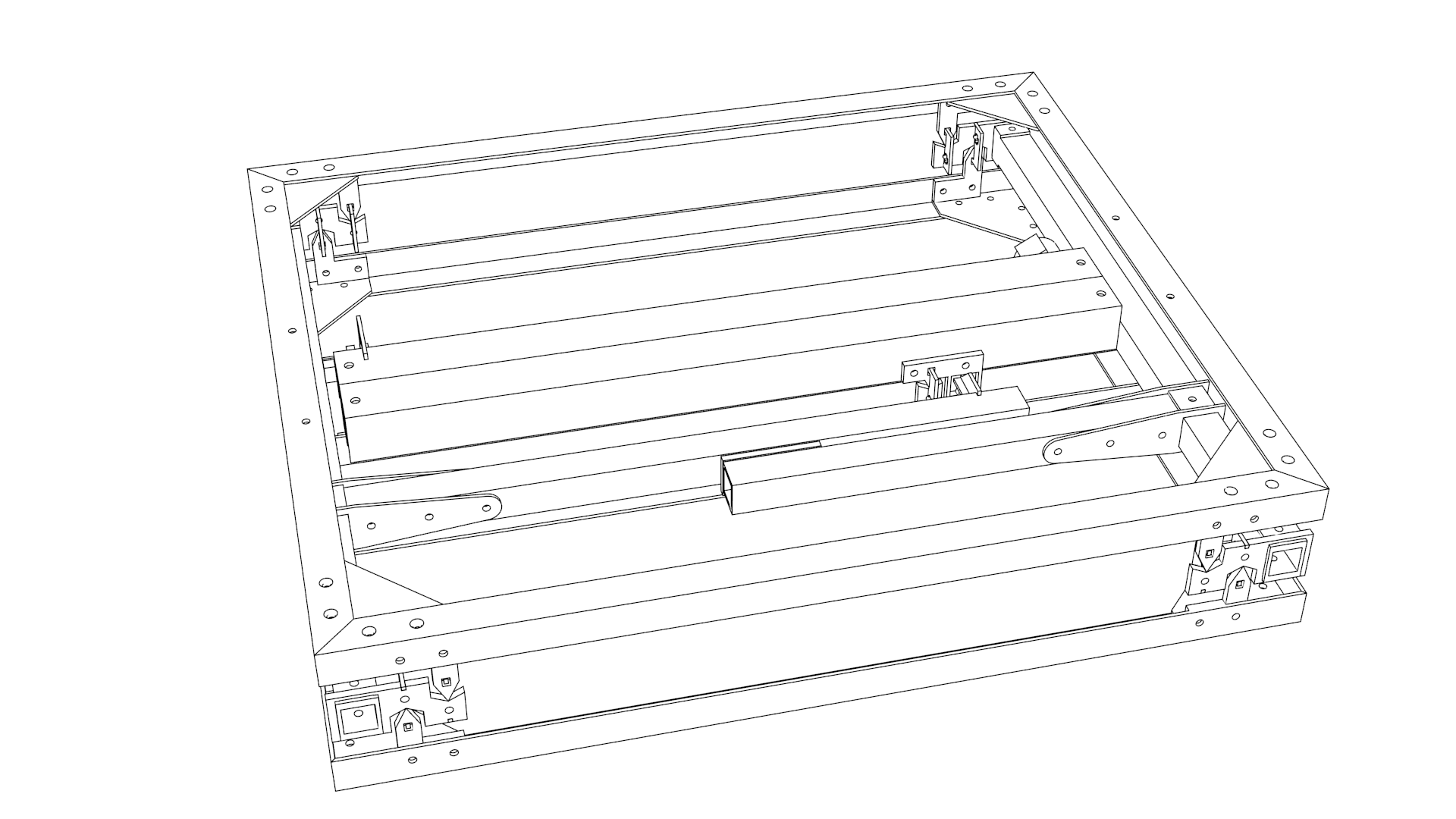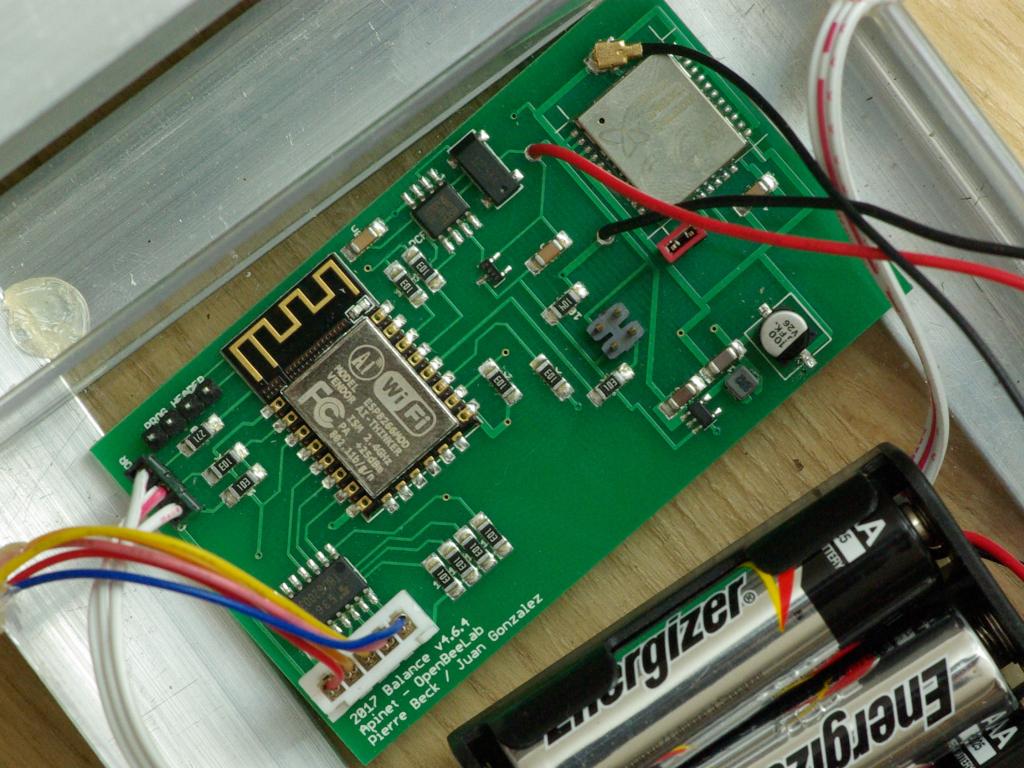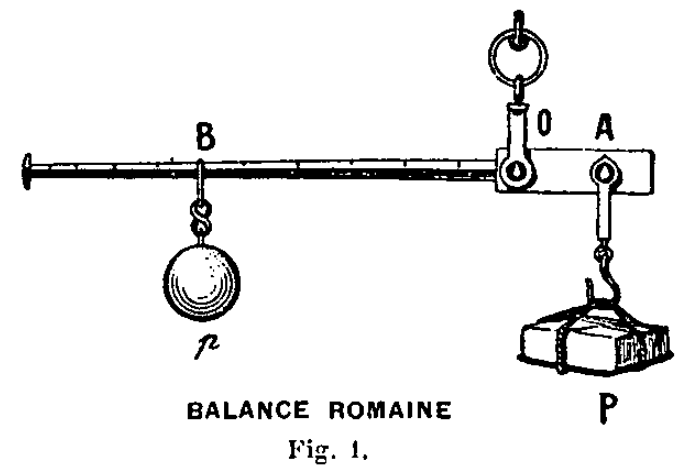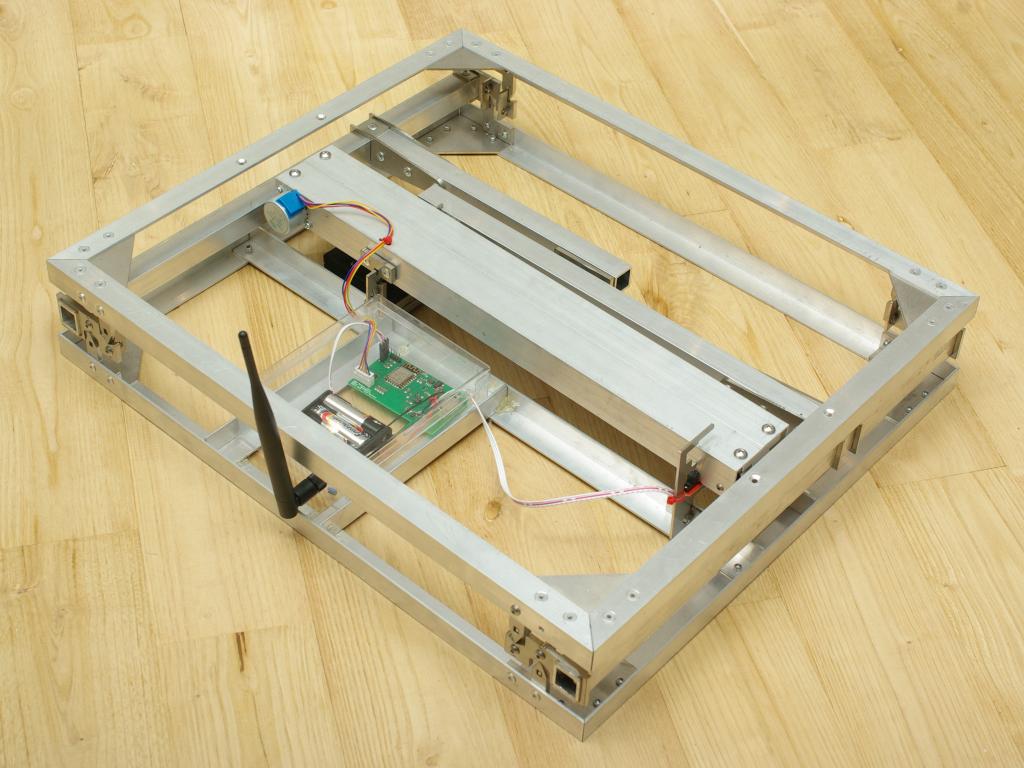
A mechanical and opensource scale for remote beehive monitoring
Robust and affordable
Easy to use
Adaptable

Track honey flow and colony strength
Improve your beekeeping
offers
Option 1 DIY : FREE
You want to do everything yourself? Go ahead!
You like the idea, but would rather build it your own way? Help yourself!
You want to share your improvements with others? Welcome!
You simply like the idea of knowing that you can easily modify or repair whenever you want? We’ve thought of that.
All the blueprints, electronic schematics, PCB designs and source code are available on github.
All the software used is free and/or open-source.
Option 2 : We supply the kit, you assemble it
200 € incl. VAT Scale kit, electronic board, wifi connectivity (hotspot available or slave-mode to another scale with sigfox)
Connectivity options :
- 30 € incl. VAT sigfox connectivity module with a 1 year subscription, then 15 €/year incl. VAT
- 40 € incl. VAT gsm connectivity module with sim card and 1 year subscription, then 15 €/year incl. VAT
- 30 € incl. VAT lora connectivity module without subscription
Mechanical kit or electronic sold separately, contact us.
Web site for data consultation and email alerts included
Orders
We’re currently out of stock. We plan to produce a second batch by the end of 2019.
If you are interested then please send us an email at contact@openhivescale.org indicating the type of module (none/sigfox/gsm/lora) and your country to confirm shipping cost.
Payment by wire transfer, more details in our answer
For information, shipping cost for 1 kit :
- DE, BE, LU, NL : 16€
- IT, PT, AT, IE, GB : 20€
- CH, DK, EE, HU, LV, LT, PL, CZ, SK, SI, SE : 30€
- HR, FI, GR, IS, MT, NO, RO : 33€
- Further, please contact us
You can verify the sigfox coverage of your hives at sigfox.com or you can let us know their approximate location.
Electronic

Connectivity
- WiFi
- Included in every board
- Cheapest option if you have a hotspot accessible
- User-friendly configuration with a smartphone or laptop
- Master-slave scenario, for sharing a single GSM or Sigfox endpoint
- Wifi connection allows future slave modules
- Sigfox (optional)
- Sigfox is a new cellular network dedicated to IoT. Low bandwidth, low power, long range.
- Best option for battery life if no hotspot
- Subscription cheaper than GSM
- Network coverage complementary with GSM
- World roll-out in progress
- GSM (optional)
- Best coverage all around the world
- Possible to interrogate via SMS without internet connection
- Lora (optional)
- Alternative network to Sigfox, similar power consumption and coverage (LPWAN)
- Possible to use the collaborative network TheThingsNetwork
- We don’t propose yet subscription using commercial networks
Autonomy
Best energy is the one you don’t use…
- First, highly optimized electronic
- 100nA sleep current
- Motor driving strategy to reduce motor use
- Modulable measurement frequency and data send along the year
- Then we look for the best trade-off between environmental impact, cost, availibility of batteries
- We managed to achieve a good autonomy with simple alkaline batteries
- On a 10 years lifecycle, rechargeable battery, Li-ion or Ni-MH, with or without solar panel as an higher cost and impact
- AA alkaline batteries are the most available battery all around the world
With 3xAA alkaline batteries, we expect 2-5 years autonomy, depending on climate, measurement frequency etc…
Mechanical

Original steelyard roman balance
We add a motor to put counter-weight in motion
An optical endstop detects balance
A microcontroller drives the system and send the data
Why a mechanical scale, and not using load cells?
Because load cell are not supposed to be under continuous load
- Typical use case implies a tare between each measurement, not possible in hive monitoring scenario
- A creep phenomen make measurement unstable after some time, this is well documented, that we check on our first prototype
- Mechanical scale is not subject to this phenomen. Even if structure creeps, measurement wouldn’t change.
https://dipot.ulb.ac.be/dspace/bitstream/2013/146415/1/RAM_HBM.pdf
“Transducer manufacturers provide only information on the short-time stability like maximum creep after 30 minutes or maximum 1 hour under full load, but appear very reticent to provide figures on the long-term stability of their products……
Recording strains over long periods of time without having the opportunity to unload the test specimen or the structure and check zero reference is considered to be one of the most difficult applications of strain-gauges….”
http://www.analog.com/en/analog-dialogue/articles/a-reference-design-for-weigh-scales.html
Because we don’t depend on any complicated part that we must outsource on the mechanical part (motor, optical endstop)
- This makes possible to keep cost low
- Easier to understand what could go wrong and repair
- DIY-ers friendly
Electronic is much simpler : no analog layer on which measurement quality depends
From concept to reality
Enjeu : intégration sous la ruche
Unlike steelyard that is suspended, our scale has to intergrate under the hive Given the object to weigh (100kg), the expected counter weight (500g), and available space, having a single beam is impossible (1:200, 40cm, primary beam should be 2mm long). Here is why a 2 stages design

We designed a long lasting, fixable, customisable kit.
It’s made of aluminium profiles and laser cut stainless steel, joint by stainless bolts.
Very few ‘other’ parts, a simple motor, a belt, linear bearing, optical end stop. That’s it.
No special skills required for assembly. If you’re able to mount an ikea furniture, you should be fine.

The picture doesn’t show modifications that will be on the kit sold : a waterproof case for electronic, and a protection above beams.
Résultats
Test example made with a Sigfox module: After having placed a hive base, we added a weight A, B, and C, we removed them and put them back in the same order. We get a range of 1325 weights with 3 AA batteries.
Resolution 6g, precision 30g whatever the load is from 0 to 125Kg
(Documentation of the tests allowing to control linearity and repeatabiliy is under progress)
Plus
Forum
Come chat, ask your questions… here!
About us
Pierre and Juan, hacker and beekeeper
We live near Bordeaux, France
Our friends (and neighbors)
“OpenBeeLab is a free and opensource research programme about bees.’
By meeting its founder, PGP, that the idea of mechanical scale was really born.
OpenBeeLab propose an alternative electronic, more powerful, base on an embedded linux, compatible with the kit proposed here.
Beekeeping management website, opensource.
When we heard about this project, weight was already there, we just had to integrate automatic post!
Still french-only, but we have some hope that we could help to internationalize it.